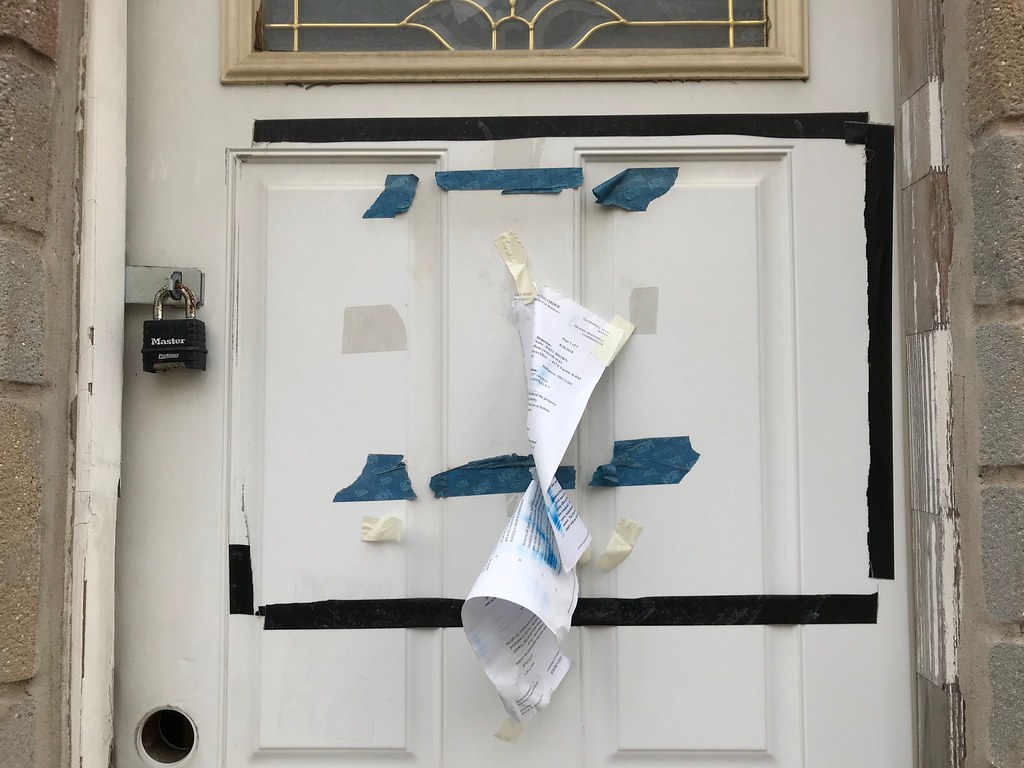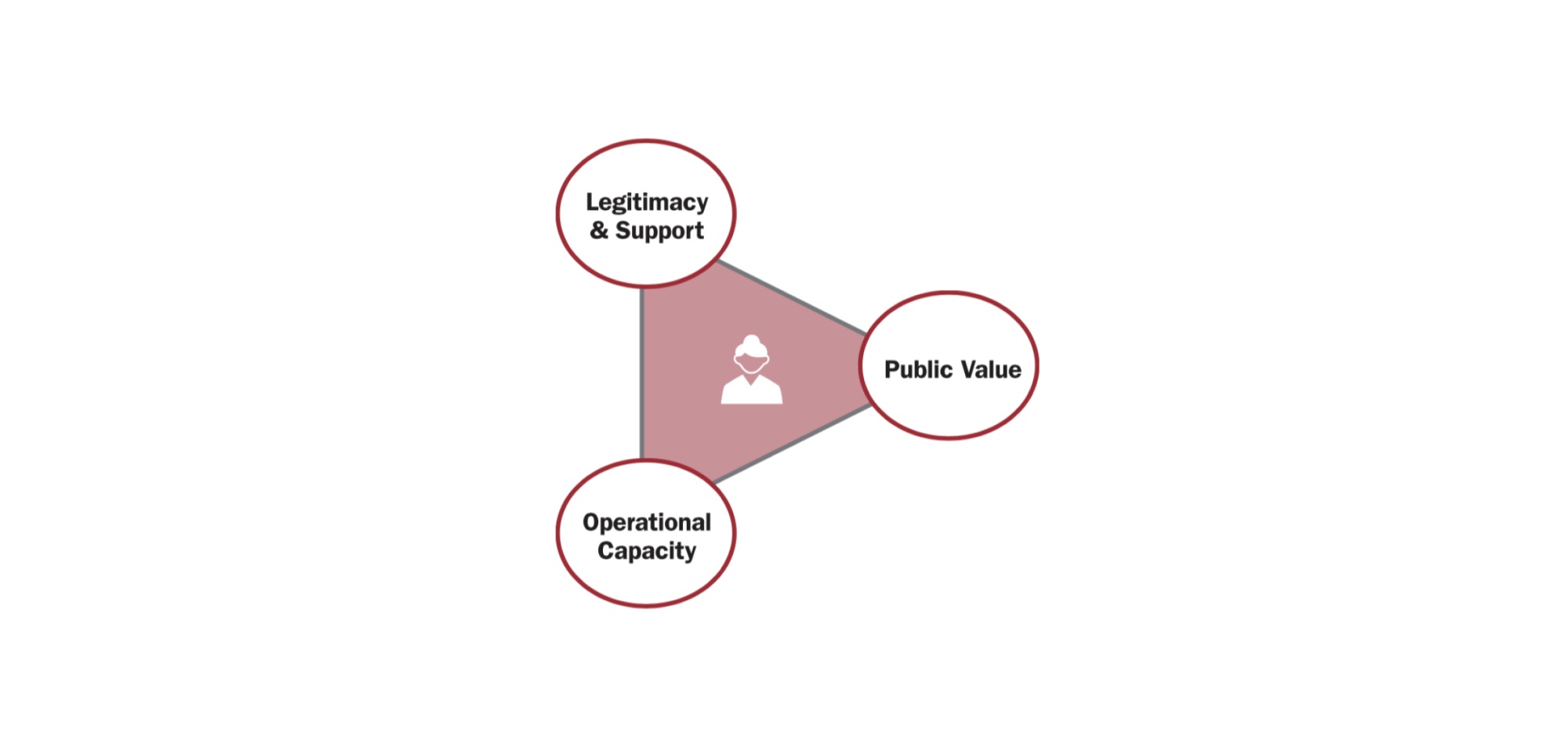
Action Insights
More than the Sum of the Parts: Integrating Housing Inspections and Social Services to Improve Community Health
Data and Evidence, Innovation
Action Insights
Last Updated
Topic
Strategic Leadership and Management
Location
Global
Thinking and acting strategically is central to effective public management. Public Value Theory offers analytic tools to help public managers guide inquiry and shape decisions. A study by a group of scholars and executive trainers supported by the Bloomberg Harvard City Leadership Initiative examines how practitioners can take advantage of theory in practice.
Read the Action Insights below, or download as a PDF for use later.
In 2016, Dr. Roberto Claudio, the mayor of Fortaleza, Brazil, was determined to deliver on his election promise: tackling a drug shortage problem in public health clinics, where patients often had to wait a long time or travel far to get the medication they needed. However, not everyone in the healthcare system–or even on his own team–saw the problem the same way or felt the same urgency. With high public expectations but scarce financial resources, Mayor Claudio faced a triple strategic challenge: how to realize the goal of delivering medications to patients in a convenient and timely manner; how to reimagine the capacity to deliver with little money; and how to engage lukewarm yet essential stakeholders.
“Public value,” a term coined by Harvard professor Mark Moore, is defined as “the net ‘good’ that public leaders produce that each of us—and all of us together—enjoy.” Moore has built a robust set of analytic tools on the concept of public value that allow practitioners and scholars alike to make sense of thorny problems and tricky politics. The “strategic triangle,” for example, helps managers assess available resources, support from stakeholders, and pin down the true public value of a given enterprise. Assessing a strategic challenge in this way can help distribute attention, challenge assumptions, identify blind spots, and generate new ideas.

While the tools of public value theory are designed to help managers handle ambiguity and cope with the continuous clash between the interests, perspectives, and values that are at the core of so many public challenges, applying them can be difficult: how to use an abstract concept to take concrete action? An international group of scholars and educators, who have written about and taught public value in classrooms and board rooms around the world, published a paper that explores how, exactly, analytic tools can help managers make sense of messy situations. They identified four ways in which analytic tools can be used in everyday work:
In each of these four dimensions, there is a need for balance. Elected officials and public managers may get carried away, feel unconstrained, or inflate their own importance, with the risk of imposing their vision onto others and putting their interests before the public’s. On the other end of the spectrum, managers may retreat to conventional or conservative administrator behavior, failing to fully explore the potential to create public value. Analytic tools can help get the balance right.

Using analytic tools of public value theory—like the strategic triangle—can help practitioners reconnect with purpose and rethink how they operate. The tools do not prescribe definite answers or concrete solutions. Instead they help raise the right questions, identify blind spots, focus attention, and structure conversations. Using the tools takes practice and people often find external facilitation helpful. At the same time, the example of Mayor Claudio, and many others like him, shows that the key factors to effective use of analytic tools include curiosity, openness to reflection, and a deep commitment to creating public value one way or another.
This practitioner summary is based on a paper, Instruments of Value: Using the analytic tools of public value theory in teaching and practice (2017), by Jorrit de Jong, Scott Douglas, Mariafrancesca Sicilia, Zoe Radnor, Mirko Noordegraaf and Peter Debus, in Public Management Review 19:5, 605-620. (A related article on strengthening strategic capacity can be found here.)
The Bloomberg Harvard City Leadership Initiative website offers a complete Public Value Toolkit, including brief explainer videos on public value and the strategic triangle. The Fortaleza case study can also be found on the site, and includes educator and practitioner guides.
More Resources Like This
